Compost Happens (Even in Apartments!): Your Beginner's Guide

Food waste is a huge part of what ends up in landfills. When organic matter decomposes without oxygen (like in a landfill), it produces methane, a potent greenhouse gas contributing to climate change. Composting, which is decomposition with oxygen, avoids methane and turns those scraps into valuable, nutrient-rich soil.
You know composting is good for the planet, but if you live in an apartment, the idea might seem impossible. No backyard, limited space, concerns about smells or pests – these are common barriers.
Guess what? You absolutely can compost in an apartment! It doesn't have to be messy, smelly, or take up your entire living room. It just requires choosing the right method for your space and lifestyle.
Composting at home, even on a small scale, is a powerful way to reduce your environmental footprint, connect more deeply with the waste you produce, and potentially create amazing food for your houseplants or local gardens. Ready to turn those scraps into gold? Let's dive into apartment-friendly composting methods.
Why Compost When You Don't Have a Garden?
Even without a sprawling garden, composting in an apartment is valuable:
- Reduce Landfill Waste: Every scrap composted is one less scrap producing methane in landfill.
- Create Resources: You turn waste into a valuable soil amendment.
- Support Healthy Soil: Compost improves soil structure, water retention, and provides nutrients.
- Increase Awareness: Composting makes you more mindful of your food waste habits, which can lead to wasting less food overall.
- Feed Your Houseplants: Your potted friends will love compost or worm castings!
- Share with Community: Donate finished compost or Bokashi pre-compost to local community gardens, neighbors with gardens, or farmers market compost drop-offs.
Apartment-Friendly Composting Methods: Choose Your Adventure!
Forget the big, outdoor bins. These methods are designed for smaller spaces and controlled environments.
Method 1: Vermicomposting (Composting with Worms)
- What it is: Using special composting worms (most commonly Red Wigglers) in a bin to eat your food scraps and produce nutrient-rich "worm castings" (basically, worm poop – and it's fantastic fertilizer!).
- How it works: You create a cozy habitat for the worms with bedding (like shredded paper or coconut coir), add food scraps, and the worms do the work of breaking them down aerobically (with air, so less smell!).
- What You Can Compost: Fruit and vegetable scraps, coffee grounds, tea bags (staple-free), eggshells (crushed), shredded paper, cardboard, hair, lint.
- What You CAN'T Compost (in a worm bin): Meat, dairy, oily foods, citrus (in large quantities), spicy foods, pet waste, diseased plants. These can attract pests, smell bad, or harm the worms.
- Equipment Needed: A worm bin (can be purchased or DIY from opaque plastic bins with air holes), bedding material, and composting worms (don't just dig up garden worms!).
- Where to Put It: Under the sink, in a closet, on a balcony, in a corner of a room – as long as it's kept at a moderate temperature (worms like 15-25°C).
- Smell & Pest Factor: Minimal to none if managed correctly. Bad smells usually mean you're overfeeding the worms or adding things you shouldn't. Pests are usually attracted by exposed food or unsuitable inputs. Burying food scraps under the bedding helps significantly.
- Output: Worm castings (a dark, earthy material) and some liquid ("worm tea" or leachate, requires dilution before use).
Method 2: Bokashi Composting
- What it is: An anaerobic fermentation process that pickles your food waste using special Bokashi bran inoculated with beneficial microbes. It's not traditional decomposition but a pre-treatment.
- How it works: You layer food scraps with Bokashi bran in an airtight bin. The microbes in the bran ferment the food waste. It reduces the volume of waste but doesn't turn it into soil directly.
- What You Can Compost: Almost all food waste, including meat, dairy, citrus, cooked food, coffee grounds, tea bags. This is a major advantage over worm composting!
- What You CAN'T Compost (in Bokashi): Large bones, liquids (soups, oils), moldy food (a little is okay, but not heavily molded), paper, plastic, or non-food items.
- Equipment Needed: An airtight Bokashi bin, preferably with a spigot at the bottom to drain off liquid. Bokashi bran (purchased).
- Where to Put It: Kitchen counter, under the sink, balcony – anywhere at room temperature. It's sealed, so location is flexible.
- Smell & Pest Factor: It has a distinct pickled or fermented smell when you open the bin, but it shouldn't smell rotten. If it smells bad, you likely didn't use enough bran or the bin isn't airtight. Pests are rarely an issue because it's a sealed system and the food is fermenting, not rotting openly.
- Output: Fermented food scraps (looks similar to when they went in, but broken down slightly and smells pickled) and "Bokashi tea" liquid (drain regularly!).
What to Do with the Composting Output?
Okay, you've successfully composted/fermented your scraps. Now what?
- Vermicompost (Worm Castings):
- Mix into the soil of your houseplants.
- Use for balcony container gardening.
- Share with friends who have gardens.
- Find a local community garden that accepts worm castings.
- Dilute the liquid "worm tea" (usually 1 part tea to 10 parts water) and use to water plants.
- Bokashi Pre-Compost:
- Bury it: The most common method. Dig a trench or hole in an outdoor garden/container, bury the fermented material, and cover with soil. It will break down over a few weeks/months. This can be done in a large pot or container on a balcony (use deep pots!).
- Add to a Traditional Compost Pile: If your apartment building or a friend has a communal compost pile, the Bokashi pre-compost can be added to speed up decomposition.
- Bokashi Liquid: Dilute (1 part liquid to 100 parts water) and use as a potent fertilizer for plants. Undiluted, it can be poured down drains or toilets to help with beneficial microbes (check your local plumbing/septic guidelines first).
Tips for Apartment Composting Success:
- Start Small: Don't feel pressured to compost everything overnight. Start with easy scraps like fruit and vegetable peels.
- Collect Scraps Conveniently: Keep a small, lidded container (like a stylish ceramic bin or a simple tub with a lid) on your kitchen counter or under the sink to collect scraps throughout the day. Empty it into your worm bin or Bokashi bin regularly (daily or every few days).
- Break it Down: Chop or tear larger scraps into smaller pieces before adding them to your composter. This speeds up the decomposition or fermentation process.
- Balance is Key (Especially for Vermicomposting): Remember the "greens" (food scraps) and "browns" (shredded paper, cardboard, dry leaves). Too many greens can make it wet and smelly.
- Manage Moisture: Compost should feel like a wrung-out sponge – moist but not soaking wet.
- Be Patient: Composting takes time. Don't expect finished compost overnight.
- Troubleshooting Smells: This is the biggest fear, but usually the easiest to fix.
- Worm Bin: Likely overfeeding or wrong inputs. Stop adding food for a few days, add more dry bedding (shredded paper/cardboard), gently aerate.
- Bokashi: Likely not airtight or needs draining. Ensure the lid is sealed tightly. Drain the liquid regularly. If it smells rotten, add more bran and ensure it's sealed.
- Don't Give Up! Like any new skill, there's a learning curve. Read up on your chosen method, join online forums for tips, and experiment.
Composting in an apartment is not only possible, it's a rewarding step towards a more sustainable lifestyle. It connects you to the food cycle, reduces waste, and gives back to the earth. Choose the method that feels right for you, start small, and enjoy the magic of turning scraps into resources. Your planet (and maybe your houseplants!) will thank you.
Related Blogs
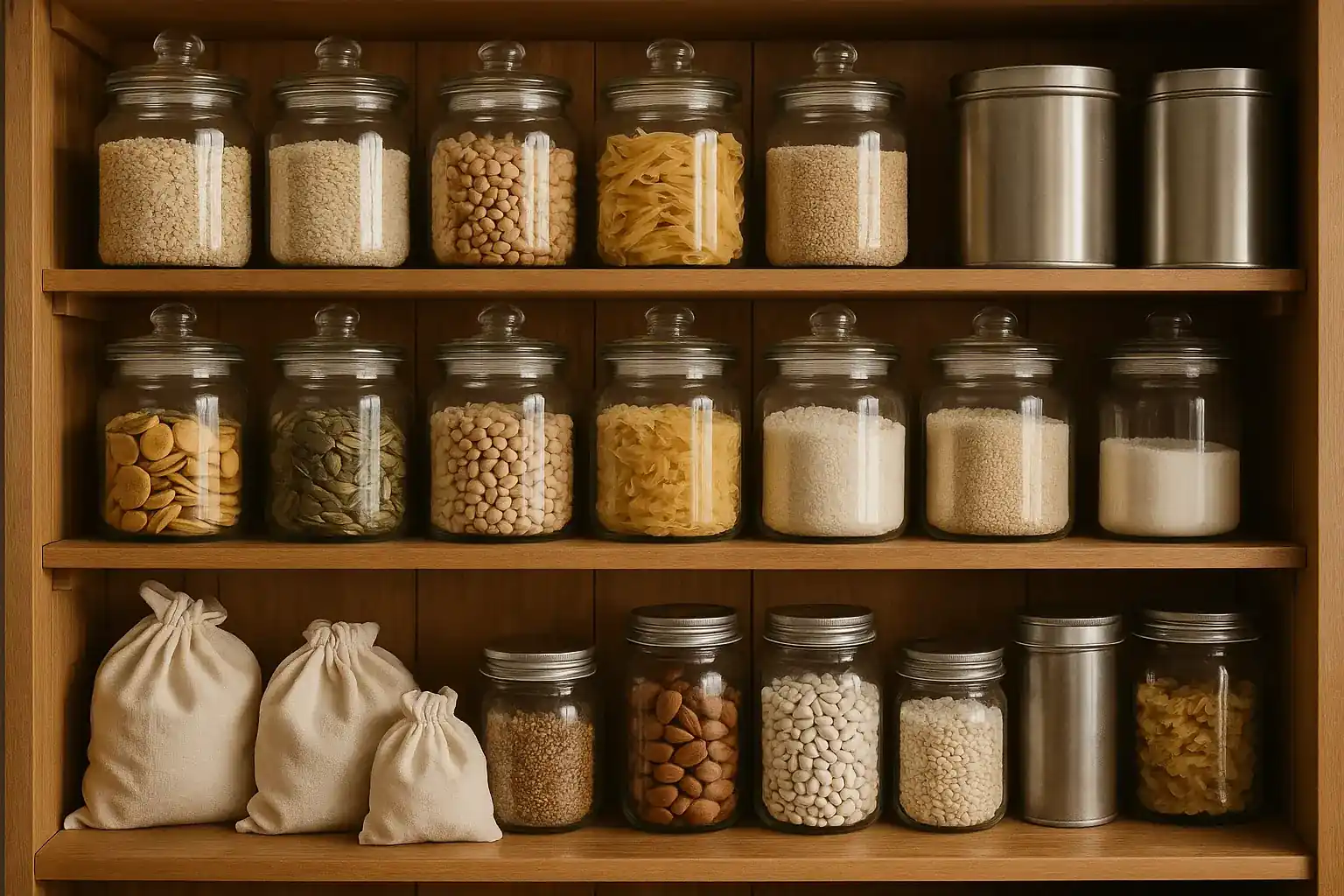
Say Goodbye to Single-Use: 10 Easy Swaps for a Plastic-Free Pantry
Insights on 10 easy swaps for a plastic-free pantry in a sustainable way.
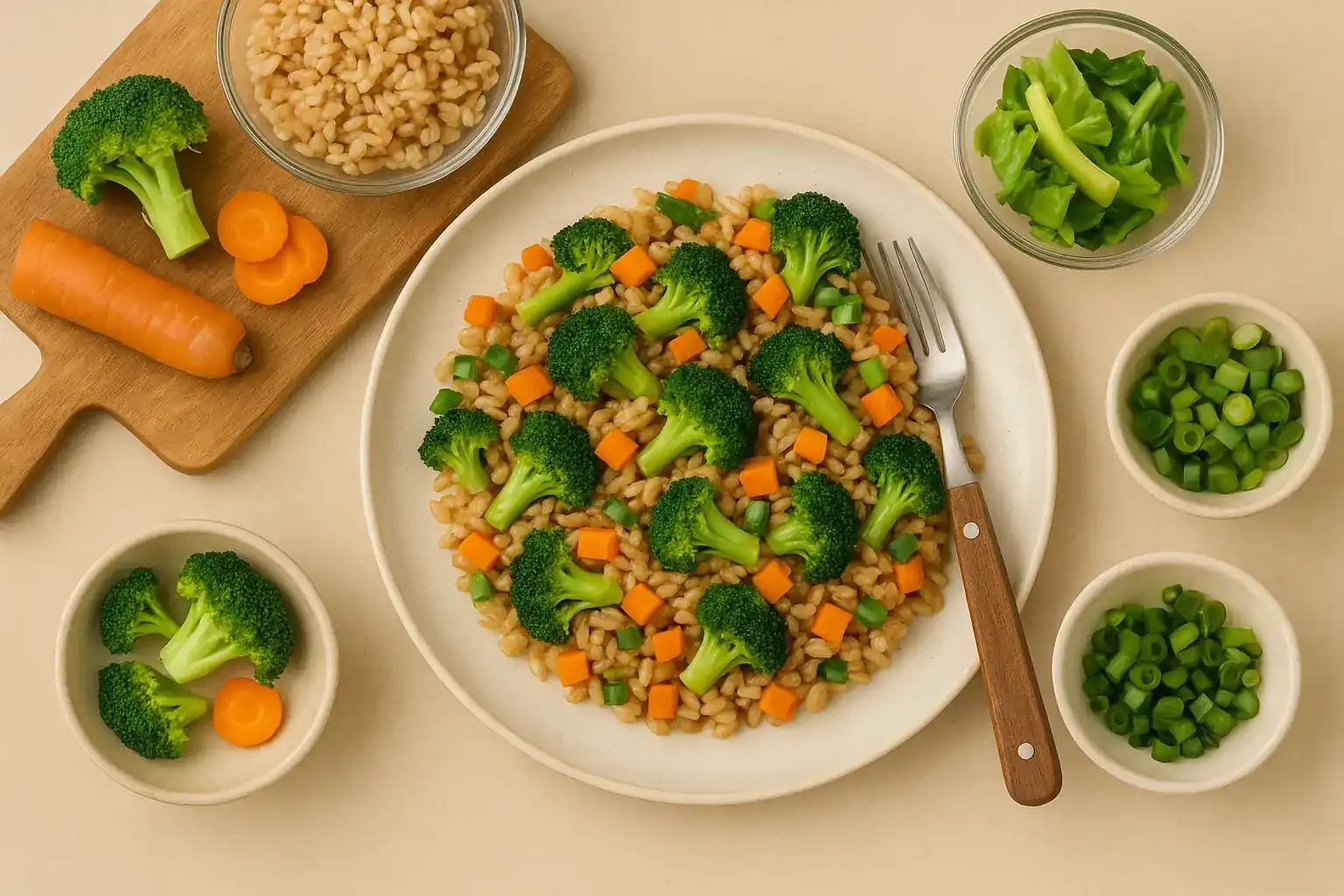
A Week of Delicious Transformations: Zero-Waste Recipes Using Your Leftovers
Insights on a week of zero-waste recipes using leftovers in a sustainable way.
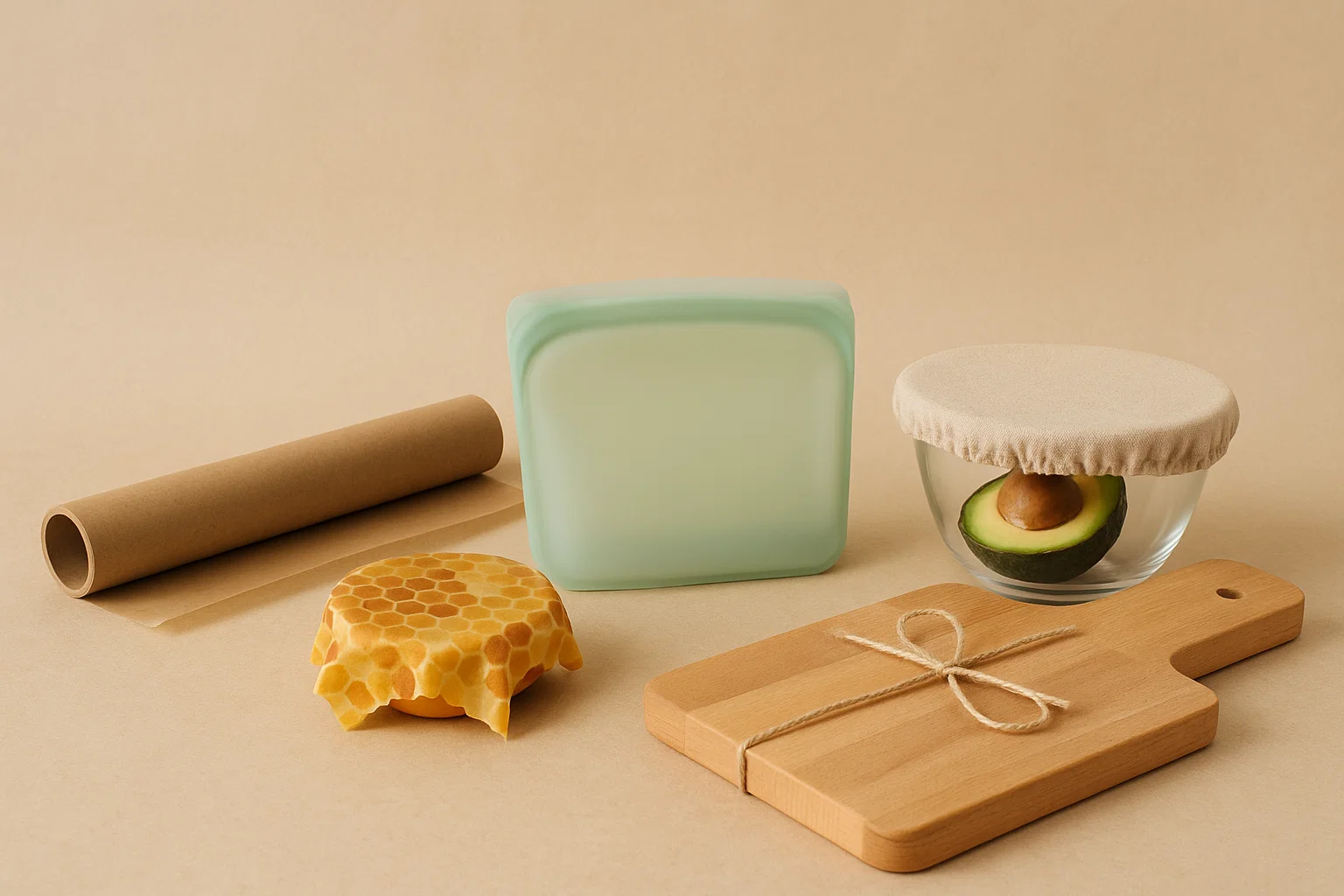
Beyond the Foil: Reusable Alternatives for Sustainable Baking and Food Storage
Opt for reusable silicone baking mats, covered bakeware, and beeswax wraps instead of aluminum foil.

Brew Better, Waste Less: Sustainable Alternatives to Single-Use Coffee Pods
Lower waste and enjoy better flavor with reusable pods, French presses, or Moka pots.
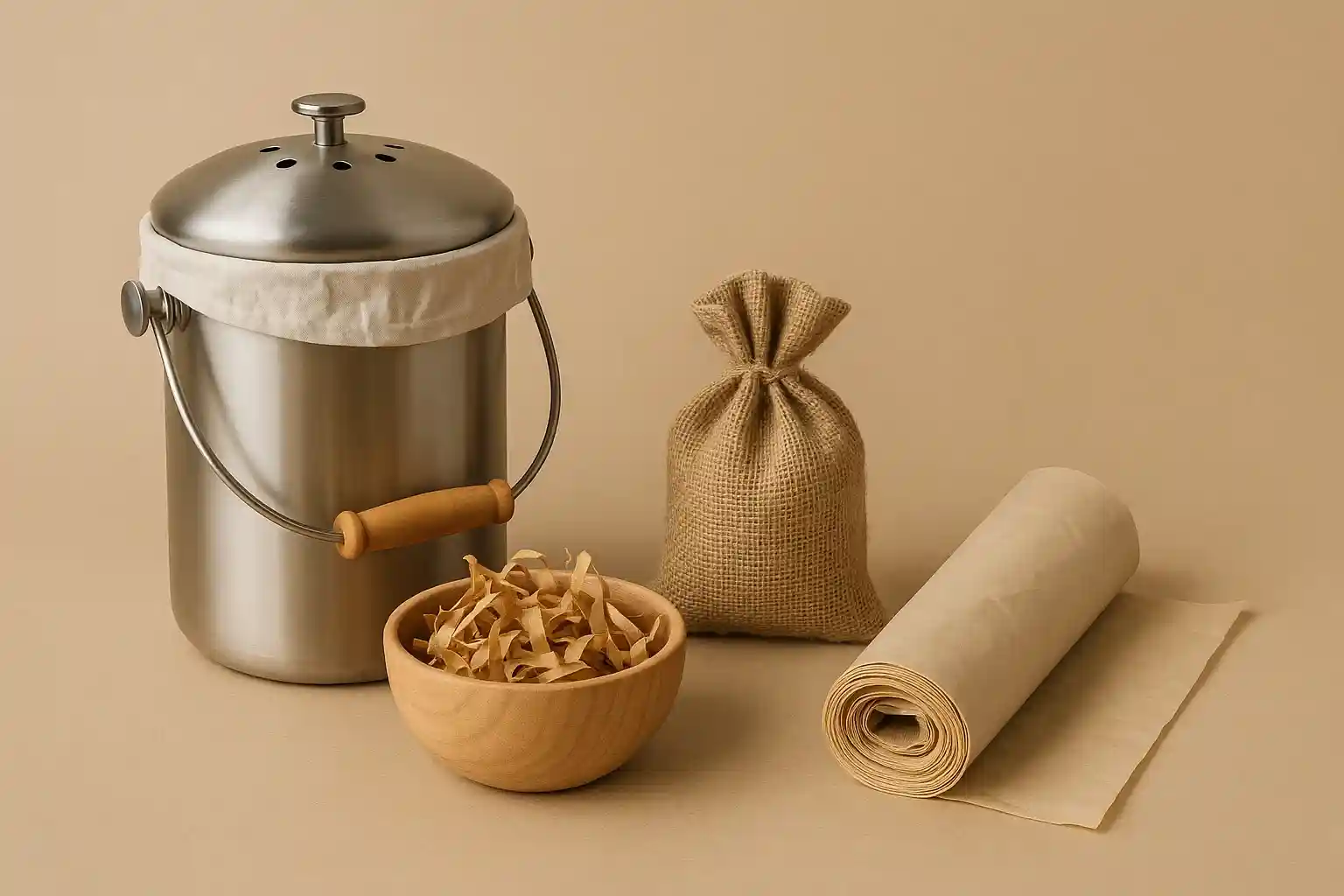
Compost Without the Carry-On: Sustainable Alternatives to Store-Bought Compost Bags
Reduce unnecessary plastic in composting with newspaper liners, bag-free bins, or DIY liners.
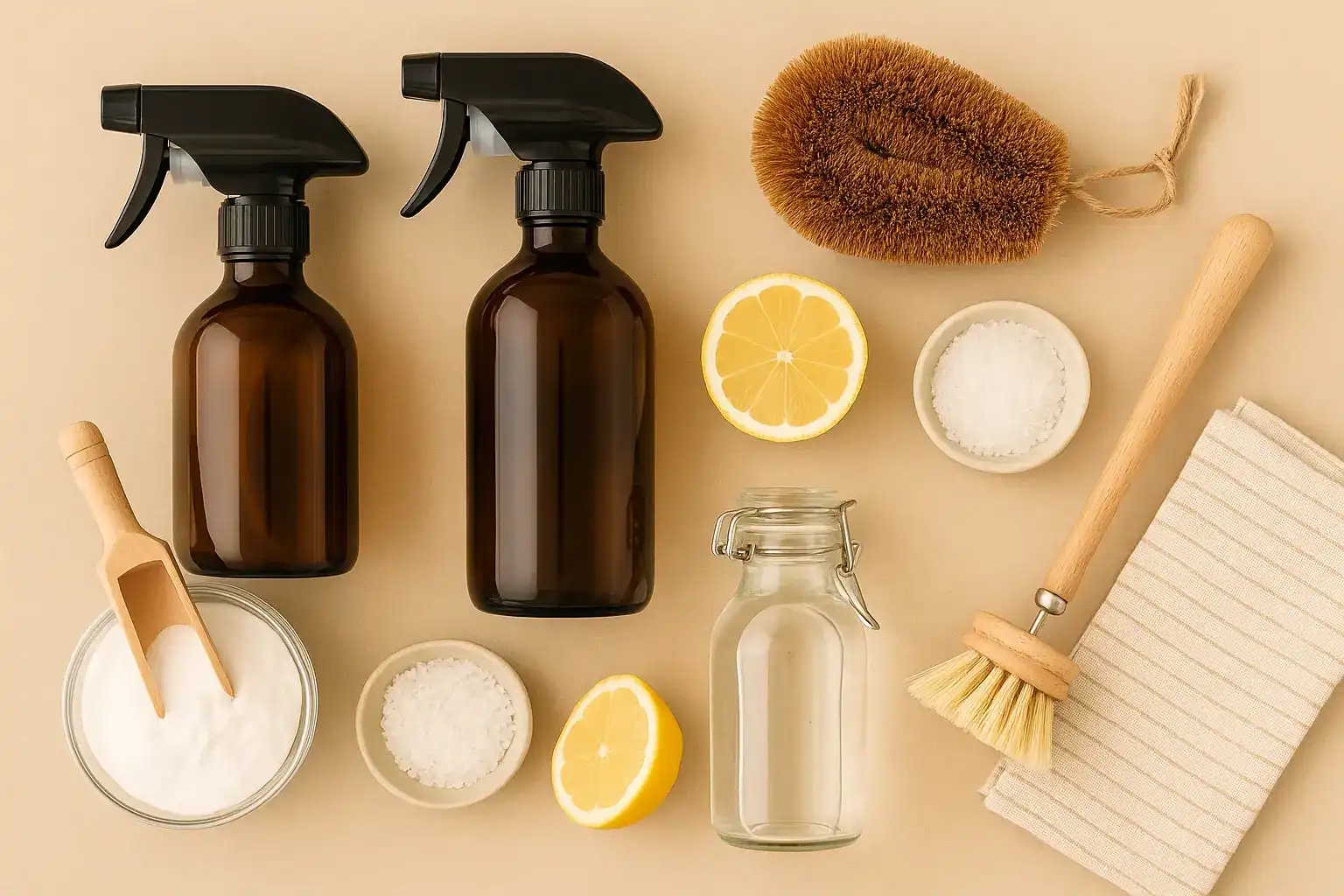
Sparkle & Shine Sustainably: DIY Kitchen Cleaners That Actually Work
Simple do-it-yourself ideas for an eco-conscious lifestyle.
Stay in the Loop
Get tips and insights tailored to your interests — no spam, just sustainability.